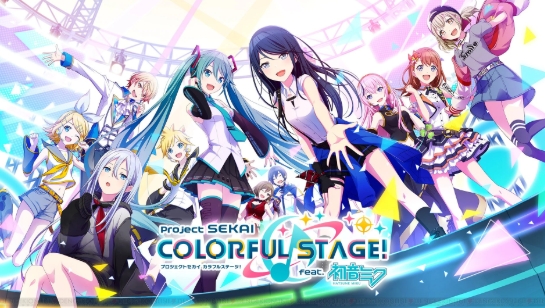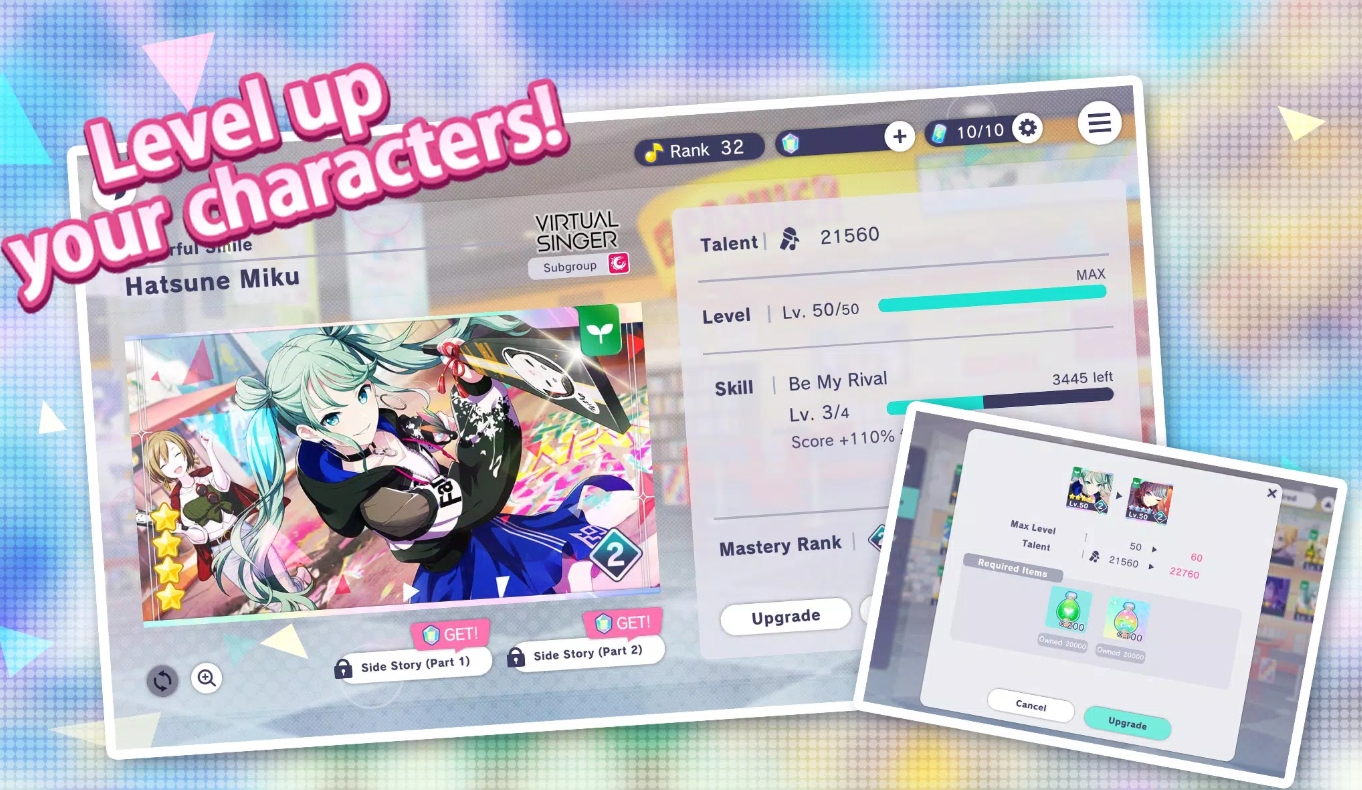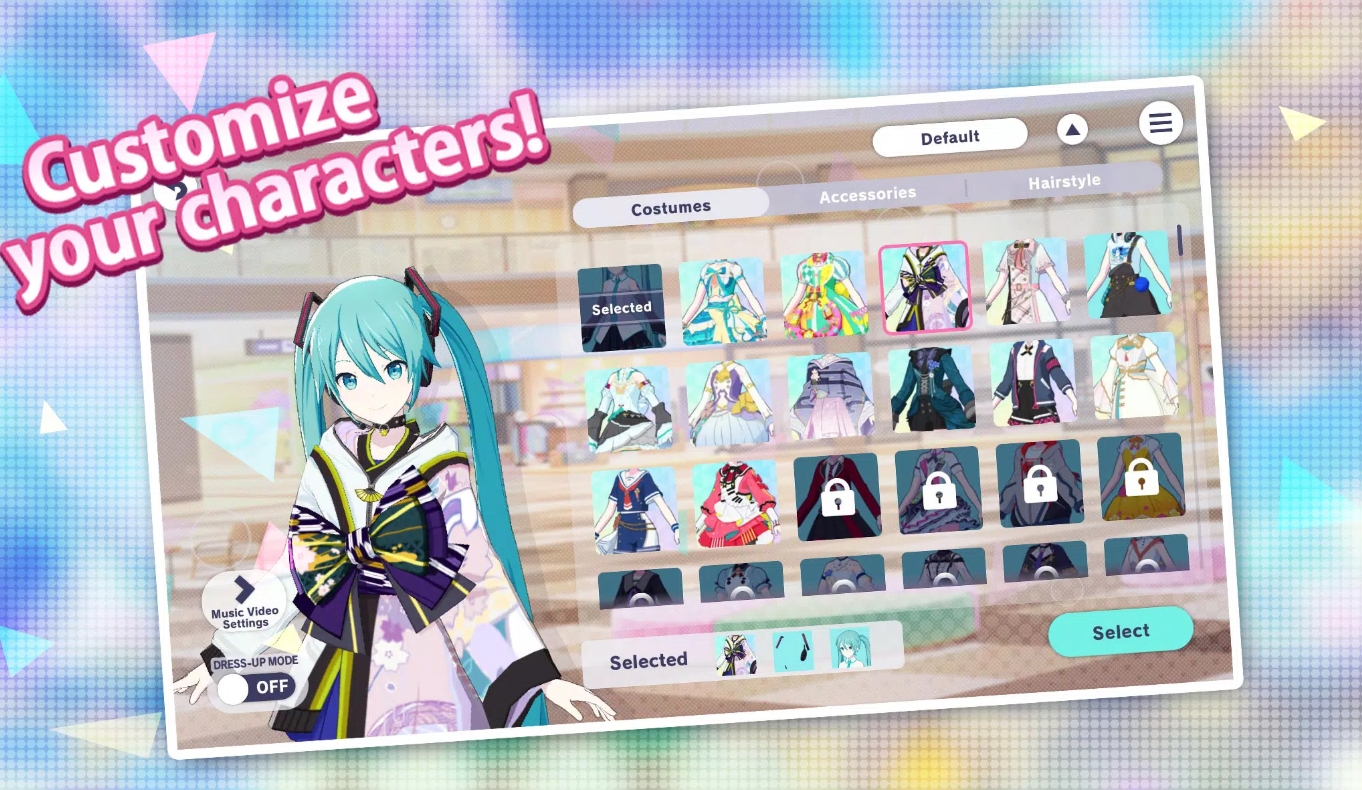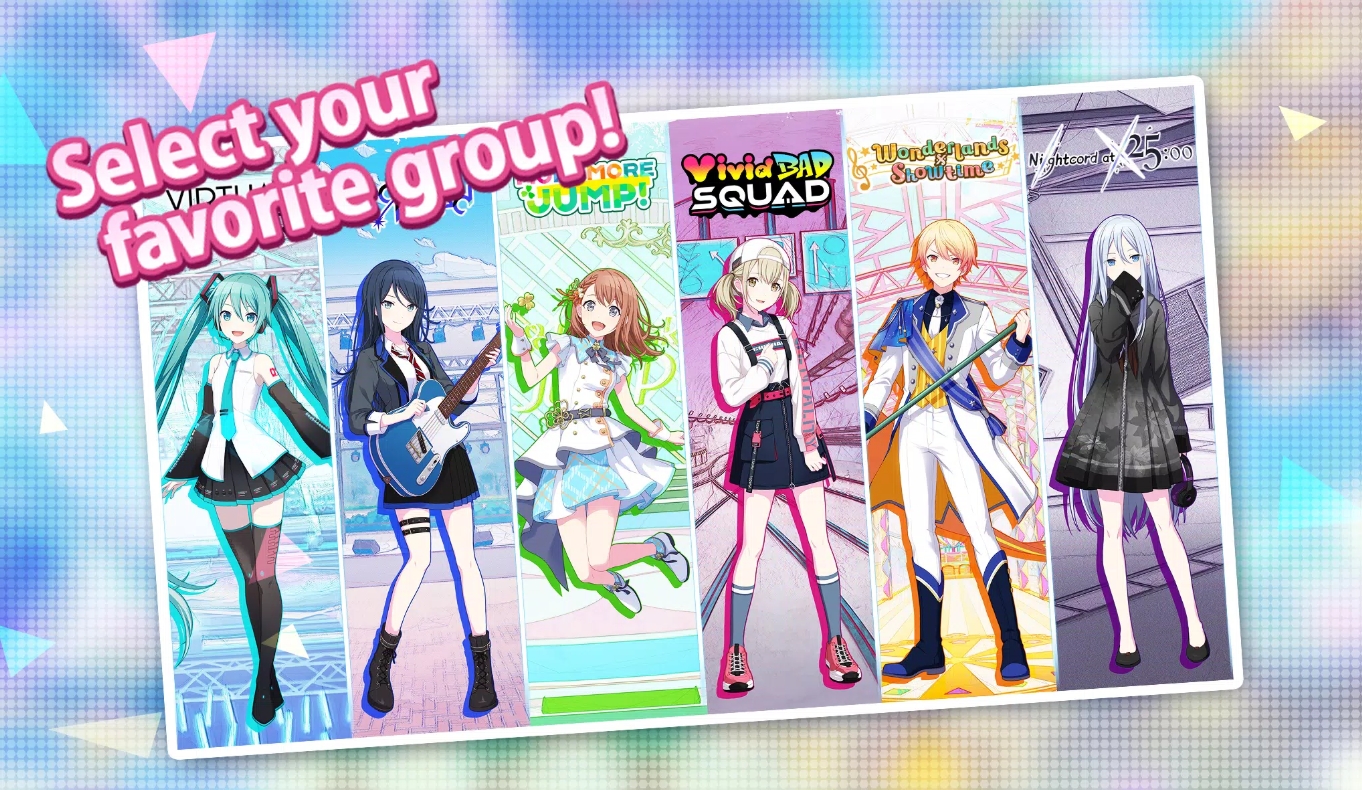What’s up, everyone? I’ve been jamming to Project Sekai: Colorful Stage nonstop, and this guide is my personal backstage pass. It’s packed with insights, tips, and strategy to help you groove through the rhythm game like a pro—but still keeps that casual, player-to-player vibe. No fluff, just real talk. Let’s dive in!

I. Introduction to Project Sekai: Colorful Stage
A. Game Concept & Setting
So here’s the lowdown: Project Sekai is a mobile rhythm-slash-adventure game featuring both OG Vocaloid stars (think Miku, Rin/Len, Luka, Kaito, Meiko) and new human characters living in an electrifying version of Shibuya with a twist—fans call them Sekai, emotional pocket dimensions where your feelings shape the world.
Picture tapping, flicking, and sliding to epic Vocaloid tracks, all while being drawn into personal stories of five human units—and yes, each Sekai reflects their emotional journey. It hits that sweet spot between depth and fun.
B. Core Appeal
Music + Story fused together: Every song ties into a character’s emotional arc—so you’re not just pressing buttons, you’re part of a narrative.
Accessible yet rich gameplay: Beginners can pick Easy; veterans can tackle Master, Append, Expert… and still find a challenge.
Sekai worlds are vibrant, immersive, and scream replay value. You aren’t just playing—you’re exploring.
II. Main Characters & Units
In total, there are five human units, each with a unique theme and style. Here's how they break down:
A. The Five Units
Leo/need: Childhood friends who founded a pop‑rock band—filled with nostalgia and strong friendship vibes.
More More Jump: An idol-training crew working to reach the big stage, brimming with ambition.
Vivid Bad Squad: Street-style artists bringing raw energy and rebellion vibes.
Wonderlands x Showtime: A theatrical troupe, flamboyant and performance-focused.
Nightcord at 25:00: A midnight internet-only group; they keep everything hush-hush and emo.
Each unit also has a Sekai, a parallel dimension created by their emotions—schoolroom, stage, street, amusement park, and a surreal net-space, respectively.
B. Virtual Singers
Every unit’s Sekai is powered by Virtual Singers: Miku, Kagamine Rin & Len, Megurine Luka, Kaito, Meiko. They’re like spectral bandmates guiding the characters and enriching every story beat.
III. Gameplay Mechanics & Features
A. Rhythm Game Basics
Note types: Tap, Hold, Flick—timing is everything.
Difficulties: Easy → Master; newer tiers—Append & Expert—are unlocked as you level up .
Combo & accuracy: Hitting Perfects & Greats spoilers your score and boosts totals.
B. Scoring & Progression
Fever Time shines as your moment—ramp up your input and let scores skyrocket.
Live Boosts: Even if you're out of boosts, you can still play—just lose some rewards .
Clear songs to earn EXP for characters, unlocking deeper story chapters and rewards .
C. Customizable Settings
Tweak note speed, timing calibration, visual/audio sync for ideal play.
Options like switching to simpler visuals or disabling background clutter can help with lag or eye strain.
IV. Team Building & Card System
A. Gacha & Card Collection
You collect cards with stats and artwork. Rarities range from 1★ to 4★—the higher the star, the better the stats and visuals.
B. Team Optimization
Skill synergy: Cards have traits and event bonuses. Use those during runs for extra points.
Support teams: Events may require multiple lineups for bonus multipliers. Build carefully.
V. Events & Community Engagement
A. Event Cycles
Weekly/biweekly events bring marathon, carnival, or World Link modes—these add story chapters and exclusive cards.
World Link Events offer multi-chapter challenges with fresh characters and scenarios .
B. Community Features
Virtual Lives: Watch real-time performances in 3D, use glowsticks, interact with friends, and experience a live concert atmosphere .
Social tools include friend lists, score-sharing, and global chat features.
VI. Virtual Live & Customization
A. Virtual Live Experience
Attend gorgeous in-app concerts—characters and vocaloids perform with live 3D animations and interactive emotes.
Recap shows later in My SEKAI mode.
B. Avatar Customization
Outfit Collectible: Dress characters and avatars in skins and accessories for personal style.
Use emotes during Virtual Lives to cheer and participate.
VII. Advanced Strategies & Tips
A. Note Speed & Timing
Adjust speed to find the sweet spot between pattern visibility and speed comfort.
Use calibration to correct lag between taps and audio.
B. Accuracy & Combo Mastery
Learn recurring note patterns, especially in parades like Expert or Append level modes.
Replay songs focusing on mistake-heavy sections to improve.
VIII. Monetization & Free-to-Play Strategies
A. Earning Currency
Daily/weekly missions, challenges, and clear bonuses grant Crystals and other rewards .
Event participation yields bonus cards and crystals.
B. Smart Spending
Save for Colorful Festival banners with boosted 4★ rates.
Focus pulls on event-aligned character cards for gameplay and story benefits.
IX. Technical Setup & Compatibility
A. Device Requirements
Runs on iOS, Android, and playable on PC via emulators.
Tweak graphics and audio to ensure a 60fps, lag-free experience.
B. Accessibility
Customizable controls let you set comfort for long sessions.
Advice: Take regular breaks and consider posture to avoid strain.
X. Community, Story, & Long-Term Engagement
A. Narrative Depth
Units grow with each story chapter—watch friendships, dreams, and character arcs unfold.
Sekai evolution mirrors mood highs and lows.
B. Community Resources
Guides and tier lists published by fans help optimize teams.
Regular updates, new songs, and story drops ensure content longevity.
That’s the scoop, crew—Project Sekai is more than a rhythm game, it’s a living, emotional universe. With vibrant tracks, dynamic storylines, and nonstop community events, it's a ride worth taking. Stick to your rhythm, build the best teams, customize your Virtual Live looks, and let that Sekai shine. I’ll catch you in the next song—keep it colorful!










